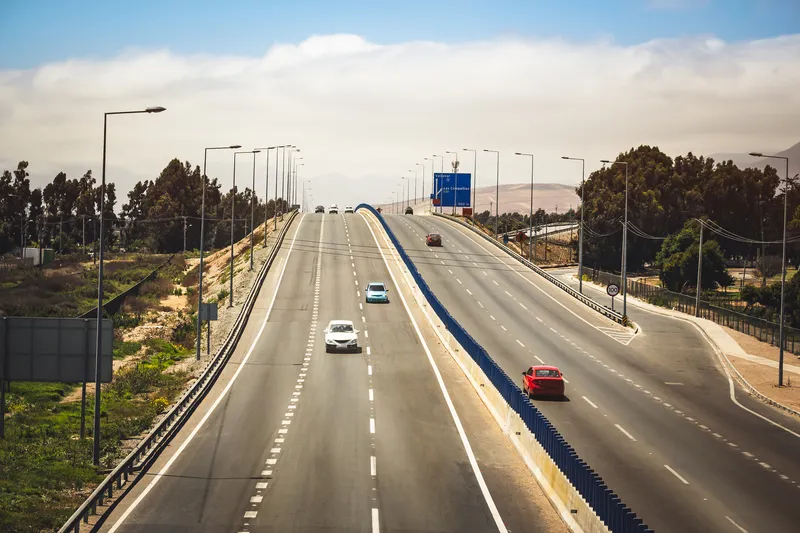
Valerann has remotely delivered an advanced traffic monitoring system (ATMS) deployment in Chile.
The partnership with Openvia Mobility sees its flagship platform, Lanternn by Valerann, installed on the Costa Arauco motorway in the South American country.
Valerann’s engineering team, located in London (UK) and Tel-Aviv (Israel), collaborated with Chilean teams to complete the installation in a matter of weeks.
The company says the remote deployment is believed to be the first of its kind, and "reduces deployment costs for ATMS systems".
It included integration of nine cameras for road monitoring, 15 cameras located at the three toll areas and eight response operation vehicles including ambulances, tow trucks and patrol vehicles.
Autopista Costa Arauco in the Biobío region is an 89km stretch of motorway and saw average daily traffic of 27,112 vehicles in 2021 - an increase of 18% from the previous year.
"This ITS technology solution allows us to respond more efficiently to traffic incidents in real time and facilitates the prevention of high-impact traffic events," says Moises
Vargas, manager of Autopista Costa Arauco.
"This new way of implementing the solution remotely has been a learning process from which we have all benefited."
The arrangement also enables remote maintenance of mission-critical software, thereby decreasing risk of downtime and reducing the cost barrier to road operators and municipalities, Valerann says.
“This deployment is a true milestone and a turning point for Valerann, as it shows the potential for the industry transformation.” says Ran Katzir, CTO of Valerann, who also praised the "close collaboration" with Globalvia.
Lanternn's machine vision layer allows camera footage to be reviewed automatically which frees up the workforce to focus on higher value tasks, Valerann concludes.







